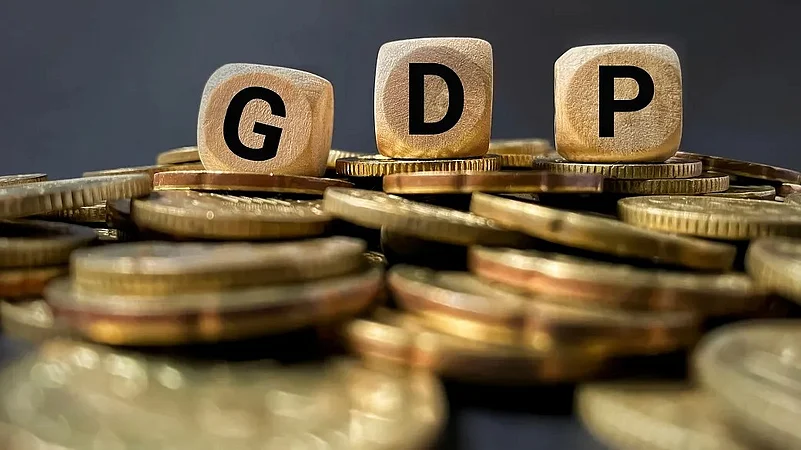Font size:
Print
World Bank Social Protection Report 2025
Rising Gap in Social Protection Globally
Context: The World Bank’s State of Social Protection Report 2025, released on April 7, 2025, paints a concerning picture of global social protection, especially in low- and middle-income countries (LICs and MICs). The report underscores the urgent need for targeted reforms to ensure no one is left behind.
The Global Gap in Social Protection
- Nearly 2 billion people in LICs and MICs were without adequate social protection as of 2022.
- Of these, 1.6 billion received no social protection at all.
- The rest lived in poor households with limited benefits, unable to escape poverty or cushion shocks like economic crises, climate change, or conflicts.
Country Income Classification and Social Protection Gaps
- Low-Income Countries (LICs): Over 80% of the population lacks access or is inadequately covered. Average 80% receive no assistance; additional 3% receive insufficient aid.
- Lower-Middle-Income Countries (LMICs): Over 30% of individuals lack adequate protection.
- Upper-Middle-Income Countries (UMICs): 11% are entirely excluded. 6% receive inadequate support.
- In absolute numbers, the crisis is worse in MICs: 1.2 billion without help in MICs vs. 500 million in LICs.
Regional Breakdown
- Sub-Saharan Africa: Over 70% of the population has no access to social protection. Only a small fraction receives limited aid.
- Extreme Poverty and Social Protection: 88% of the global extreme poor lacked adequate or any social protection.
- In LICs: 98% of the extremely poor are unprotected.
- In Sub-Saharan Africa: 97% lack protection.
Progress and Pace (2010–2022)
- Progress Made: Across 73 countries, coverage increased from 41% to 51%. Growth primarily in social assistance (cash transfers, school meals, food aid).
- LICs saw the largest percentage gain: Coverage among the poorest increased by 17 percentage points.
- Still Lagging: 75% of people in LICs and 58% in LMICs receive no social protection.
- Social insurance (pensions, health, unemployment): Covers just 2% in LICs and 8% in LMICs.
Future Outlook
- If trends persist: Full coverage for extreme poor: By 2043 (18 years). Poorest 20% with adequate protection: By 2045 (20 years).
- 2030 SDG Targets at Risk: Achieving substantial coverage of poor and vulnerable by 2030 is unattainable without urgent acceleration.
Climate Change & Fragile States
- Climate Risk: Could push 130 million more people into extreme poverty by 2030. Most social protection systems are unprepared for climate-related shocks.
- Fragile and Conflict-Affected States (mainly in Africa and Asia): Will host 60% of the world’s extreme poor by 2030. Need urgent emergency relief + long-term social protection strategies.
Financial Disparities in Social Protection
- Countries currently spend 5.3% of GDP on social protection, but there are significant disparities:
- High-income countries spend 5.3 times more as a share of GDP than LICs.
- Social insurance takes up a disproportionate share of funding, often benefiting formal sector workers and retirees, while social assistance (more inclusive for the poor) receives a smaller share.
- LICs spend only 0.8% of GDP on social assistance, while upper-middle-income countries spend around 2%.
Barriers and Recommendations
- Financing remains a key barrier to expanding social protection systems in LICs and LMICs.
- International grants fund up to 77% of social assistance programs in fragile and conflict-affected states.
- Redirecting subsidies (especially in fossil fuels and agriculture) towards targeted support for the poor could unlock additional resources.
- The report emphasises the need for robust delivery mechanisms, such as:
- Dynamic social registries
- Digital payments
- Integrated case management
- These mechanisms should be shock-responsive, climate-resilient, and digitally enabled to ensure timely and inclusive support in times of crisis.


